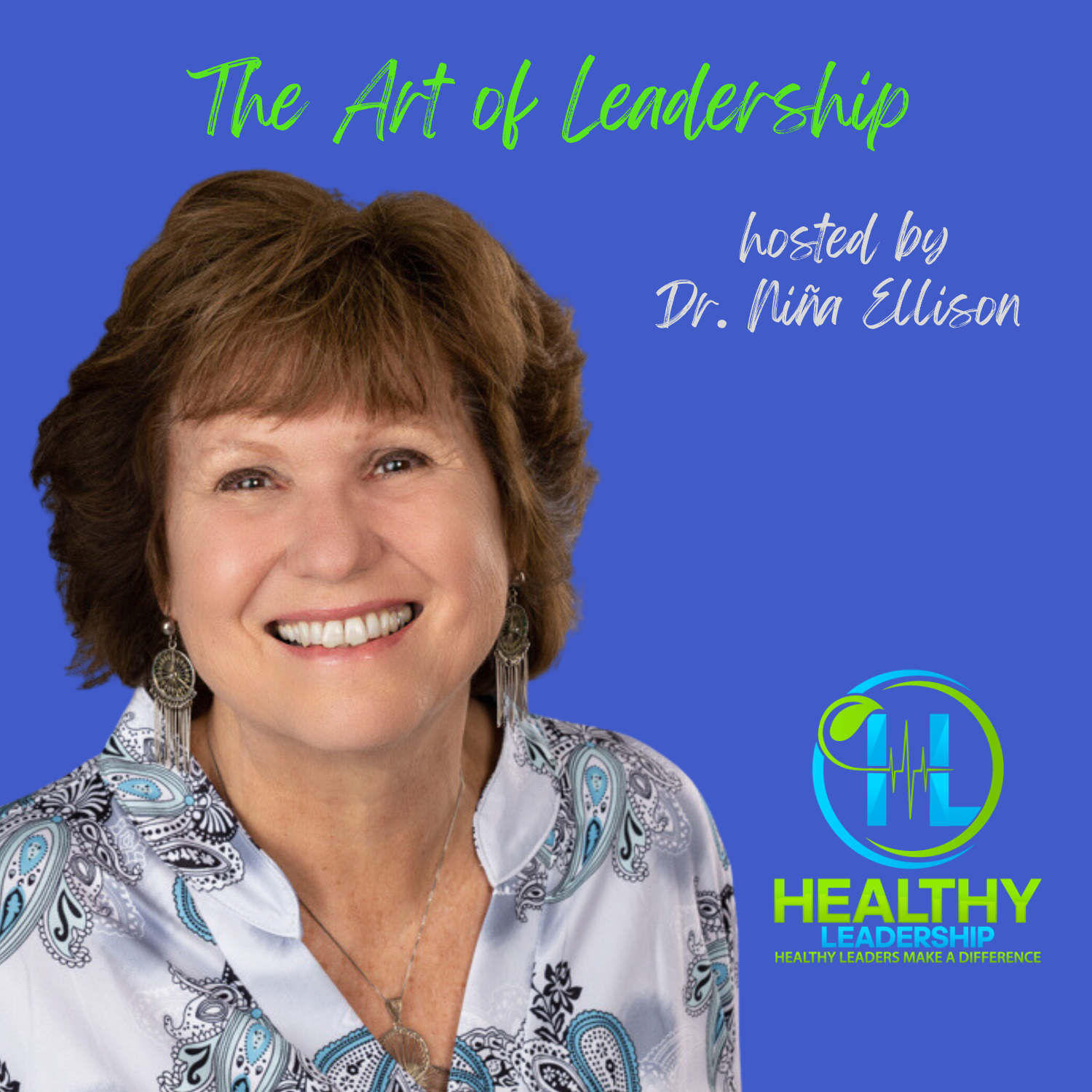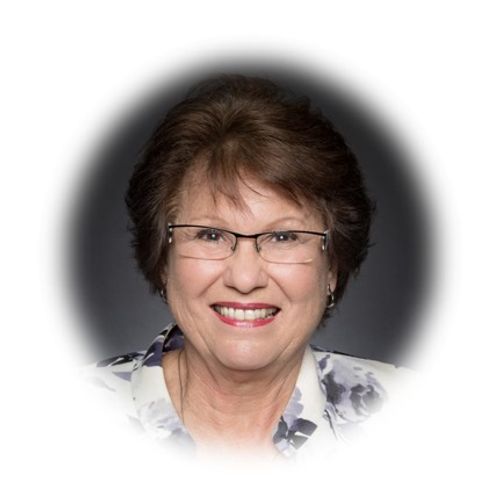Courageous leadership
Courageous leaders: more than a roaring lion.
There are many definitions of courage. One of my favorite definitions is that courage is shown by the way we behave when things get tough.
How we show up in tough times indicates a level of being authentic, being true to ourselves – so that when we are faced with the many challenges of our lives, how we behave is consistent. This definition then it leads me to believe that everyone has the capacity to be courageous.
Three elements about courage:
#1. COURAGE IS A LEADERS CHOICE
“You can choose courage or you can choose comfort but you cannot choose both.” Brené Brown
To begin to choose courage we must be honest within ourselves about the things we are fearful of. The lie we often believe is that we have to completely change who we are in order to be fearless leaders.
Common fears that leaders dance with every day are:
· Criticism
“Leadership—all leadership—is a magnet for pain, which comes in many forms. We catch flak for bad decisions because people blame us, and we get criticism even for good decisions because we’ve changed the beloved status quo.” Samuel Chand
· Failure
“Failure is a necessary consequence in doing something new” Ed Catmull
· Speaking
“The idea of making a presentation in public is the No. 1 fear reported by people in the U.S. If speaking in public scares you, you aren't alone. It is even scarier than rattlesnakes," Paul L. Witt, PhD
#2. COURAGE IS A LEADER’S OPPORTUNITY
· To be qualified …
· to engage in meaningful relationships where trust is built so that courage becomes a partnership with great people and great teams
#3. COURAGE DEFINES A LEADER
Lives defined by courageous leaders:
· They are human beings, flawed and fearful just like you and me
· There isn’t just one life- changing moment that defines them
· They consistently represent who they are authentically, in both the good and the bad times.
Seek the opportunity to add the skills and relationships that will help you in your journey of courage.
Notes.
Brené Brown, B. (2019). The Call to Courage. Netflix Documentary
Godin, S. (May 3, 2016). How to Overcome the Fear of Failure. Retrieved from
https://www.youtube.com/watch?v=MAoX53n_ls0
Samuel Chand, S. (2015). Leadership Pain: The Classroom for Growth. Nashville: Thomas Nelson. p.323
Domingo, J. June 8, 2018. Canadian Startup News. Retrieved from https://betakit.com/pixar-ceo-ed- catmull-says-failure-is-a-necessary-consequence-of-innovation-at-true-north/
Denoon, D. Fear of Public Speaking Hardwired, retrieved from
https://www.webmd.com/anxiety- panic/news/20060420/fear-public-speaking#1
Gandhi, M.K. (1949). An Autobiography: The Story of my Experiments with Truth. Ahmedabad: Navajivan
Publishing House.
Haze, S., Bardis, J., Bardis, J., Shay, E., Behnken, L., Mulli, C., Mully, E. (2017). Mully. Passion River Films.

